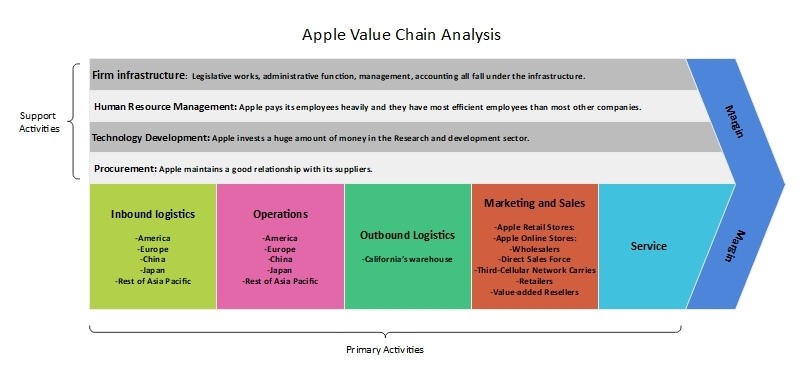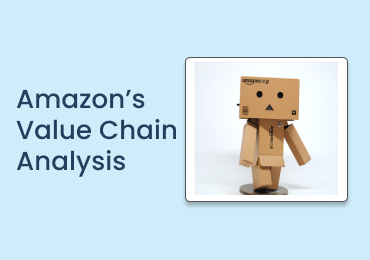Apple Value Chain Analysis
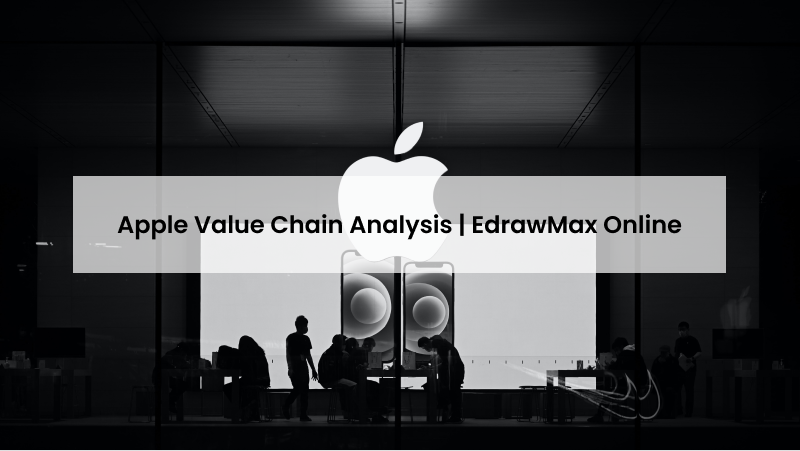
1. Introduction
A company translates its idea to physical products. For this, a dedicated firm has to engage itself in numerous internal activities. Value chain manifests all the internal activities that a firm does to convert inputs as outputs. Apple is one the most successful businesses today. Starting from Apple -I today it has a differentiated product line with thousands of loyal consumers. One of the weapons Apple used to reach today’s position can be said its value chain analysis. In Value chain analysis Apple pinpoints all the primary together with support activities which effectively adds value to the final product of the company and the company precisely analyzes these activities so that, they can either reduce the cost or can add differentiation. In this article, we will do a value chain analysis for Apple. The article will give us knowledge about the background of apple, Apple value chain analysis, activities attached with it, and many more.
2. Background of Apple
Apple is one of the leading Information Technology companies established in 1976. The current CEO of Apple is Tim Cook and it was founded by Steve Jobs, Steve Wozniak, and Ronald Wayne in California. About 147,000 employees are currently working at Apple. Apple has a revenue of $274.5 billion (2020). Apple has blooming customers worldwide. These customers are served by their 512 retail stores. Apple’s headquarters is located at 1 Apple Park Way Cupertino, California. Apple has iPhone, iPod, AirTag. iPad, iWatch, MAC, and others in its product line.
3. Primary Activities in Apple Value Chain Analysis
In Apple's value chain analysis, the primary activities can be described in vital five key points, which hold their importance in Apple value chain analysis. They are:
Source: EdrawMax OnlineInbound Logistics:
This team receives and arranges the raw materials to manufacture the products of the company. The quality of the product is also ensured by inbound logistics. They are responsible for fast production within a low range of time. Apple collects its raw materials from China, America, Europe, and various Asian counties, the product is then assembled in China.
Operations:
Apple runs its operation by segmenting its market into five sectors.
- America: Most of the sale of this company is gained by this sector which comprises both North and South America. The sale of this segment got increased by near around 7% in 2020 compared with 2019.
- Europe: It has India, Middle East, Europe, and Africa. Here the sales are dynamic. Such as in 2019 the sale declined and in 2020 they again raised.
- Greater China: China is placed in this segment. For Apple, this is not a promising sector. In the last two consecutive years sales in this segment just got declined. The only reason behind this is, the segment is packed with local competitors with a low range of price.
- Japan: This sector is somewhat constant in-term of sales. The sale was same in 2019 and 2020.
- Rest of Asia Pacific: This is now emerging as a new potential sector for sales. In the year 2020, the sale of this segment increased by 10%.
Outbound Logistics:
This includes the activity of sending a manufactured product to California’s warehouse of Apple and then distributing them. Apple’s technological items have a short product life cycle of about 12 months. Thus, the inventory cost is higher for them. Apple reduced its shipment costs in China and the Asian region by efficient market penetration. Therefore, they have gained a good brand image and brand appeal from the customers.
Marketing and Sales:
Marketing and sales are highly responsible for the enormous revenue of Apple. The company’s sale comes from 7 distinguished sectors. These are:
- Apple Retail Stores
- Apple Online Stores
- Wholesalers
- Direct Sales Force
- Third-Cellular Network Carries
- Retailers
- Value-added Resellers
Through direct distribution, Apple earns 34% of its sales while by indirect distribution they earn the rest 66%.
Service:
Apple is very consistent in course of its service. In the pre-purchase stage, Apple by its young, enthusiast and technologically expert trained sales assistants demonstrate to the customers about their products. After the purchase, the customers can upgrade to newer models of Apple products for some additional money. There is even a return policy for purchased items in 14 days. The condition applied here is the product should be purchased from the Apple store, either online or in-store purchase.
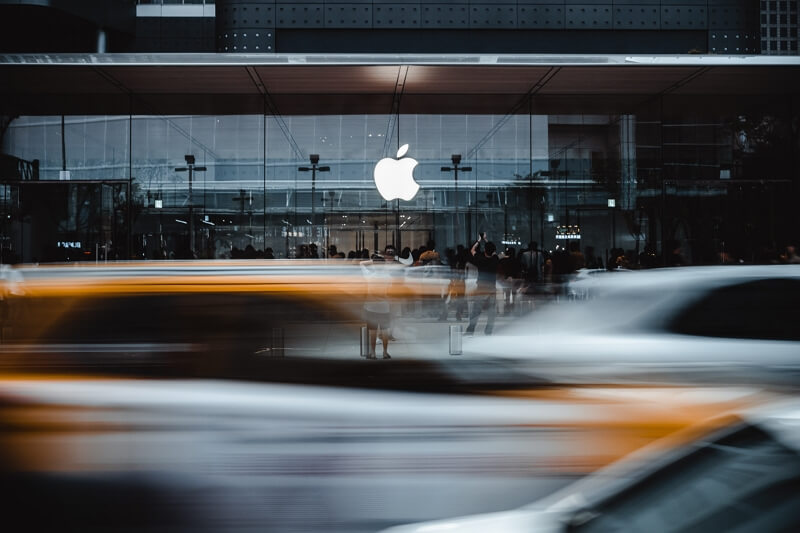
4. Support Activities in Apple Value Chain Analysis
Value chain analysis for Apple contains its support activities as well. This part is well organized in four sections:
Infrastructure
Legislative works, administrative function, management, accounting all fall under the infrastructure. A well-furnished infrastructure works as a driving force for a company’s success. Infrastructure undergoes several changes within the perpetual of a company. Recently, Apple’s infrastructure went through cultural changes.
Human Resource Management
Human Resource management is assigned for choosing and controlling the duties of the employees of a company. Since a company runs by its employees, therefore, Human Resource Management plays a crucial role. Apple pays its employees heavily and they have most efficient employees than most other companies.
Technology Development
Apple’s innovative designs are one of the points of its distinctive brand image. For achieving this unique property, Apple spends around 10 billion dollars (2016). Mainly, for the technological advancement in the products, to provide better services to the customers and for growing product range. Apple invests a huge amount of money in the Research and development sector.
Procurement
When a product is finally ready, it becomes an influential factor to find out the vendors by which the products can be sold. Again, establishing a contract with them is also important. Apple maintains a good relationship with its suppliers. Apple also buys products from its suppliers. Hence, they maintain a healthy, loyal, and mutually beneficial relationship with their suppliers.
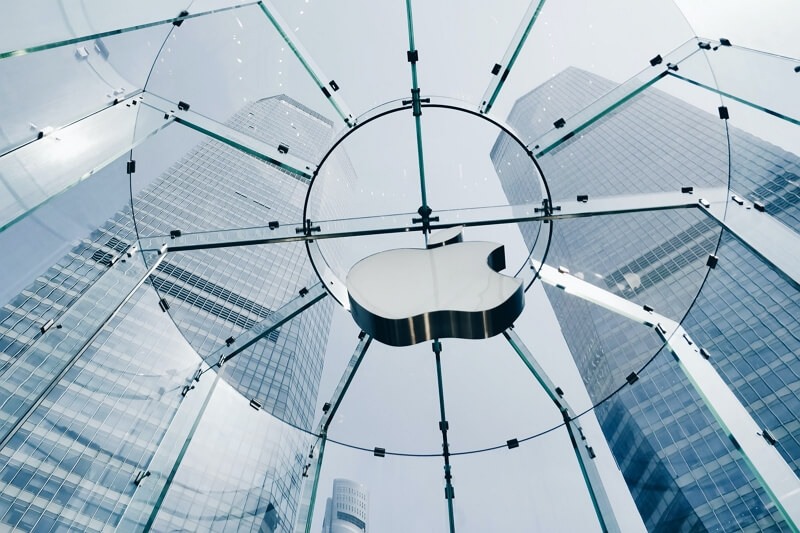
5. Key Takeaways
This article describes briefly how Apple started its business to how it is now running its business. Apple is precise about the value chain of its and the activities that support its value chain. Here, the value chain analysis diagram was made with the help of EdrawMax Online. You can use this diagramming tool for making similar Apple Value Chain Analysis diagrams or any other analysis diagrams, flowcharts, UML diagrams as well. Get a quick start with your business analysis with value chain analysis diagrams.
6. References
-
Benjabutr, B.,2020.‘Is Apple Supply Chain Really the No. 1?’, Supplychainopz,[online]. Available at: https://www.supplychainopz.com/2013/01/is-apple-supply-chain-really-no-1-case.html (Accessed 13th August, 2021)
-
Apple Inc. Report. (2021, Feb). Retrieved from https://research-methodology.net/apple-inc-report-2-2/
-
Pratap, A.,2017.‘Apple Value Chain Analysis’, Notesmatic,[online]. Available at: https://notesmatic.com/apple-value-chain-analysis/ (Accessed 13th August, 2021)
-
Apple Value Chain Analysis. (2017, Apr 16). Retrieved from https://phdessay.com/apple-value-chain-analysis/
-
Apple Inc. (2021, Aug 12). Retrieved from https://en.wikipedia.org/wiki/Apple_Inc.
